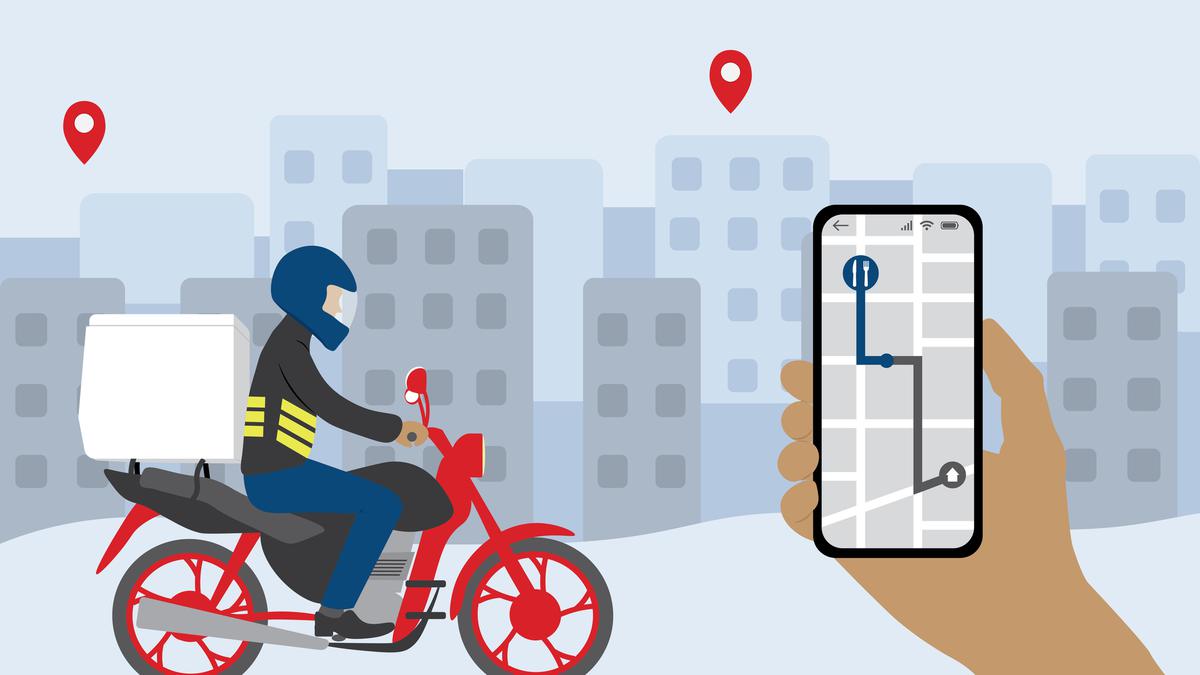
Food delivery partners’ double whammy: Decreasing income levels, rising petrol costs | Data
The Hindu
Food delivery workers are young graduates who work extended hours for better pay and independence, but many are sole breadwinners and have seen a drop in income. Real income has declined over time, with fuel costs rising, creating a double whammy. Survey of 924 workers across 28 cities reveals employment patterns, incomes, and work environments.
A survey report on food delivery partners by the National Council of Applied Economic Research validates several common beliefs, such as workers being young graduates who work extended hours for better pay and independence. However, the study also reveals new insights: a sizable portion of them are sole breadwinners in their families and a notable share experienced a drop in income compared to their previous jobs. The findings further indicate a decline in their real income over time even as the share of income that they spent on fuel has risen, resulting in a double whammy
An overview of the average food delivery worker, encompassing their background and skill sets, according to the survey
Chart 1 | A look at the reasons given by workers for joining the food delivery platforms (% respondents)
Charts appear incomplete? Click to remove AMP mode
Chart 2 | How did workers enter the food delivery platform? (% respondents)
To work for a food delivery service, a worker is required to own a two-wheeler and know how to use it, have a smartphone, and buy a kit that includes a T-shirt and bags
Chart 3 | The chart contrasts different facets of employment in food delivery platforms with the prior jobs of those who work long shifts in food delivery

Can RBI’s proposal to waive foreclosure charges help micro and small industries? | Explained Premium
RBI proposes to waive foreclosure charges and prepayment penalties on loans for MSEs, aiming for easy financing.












